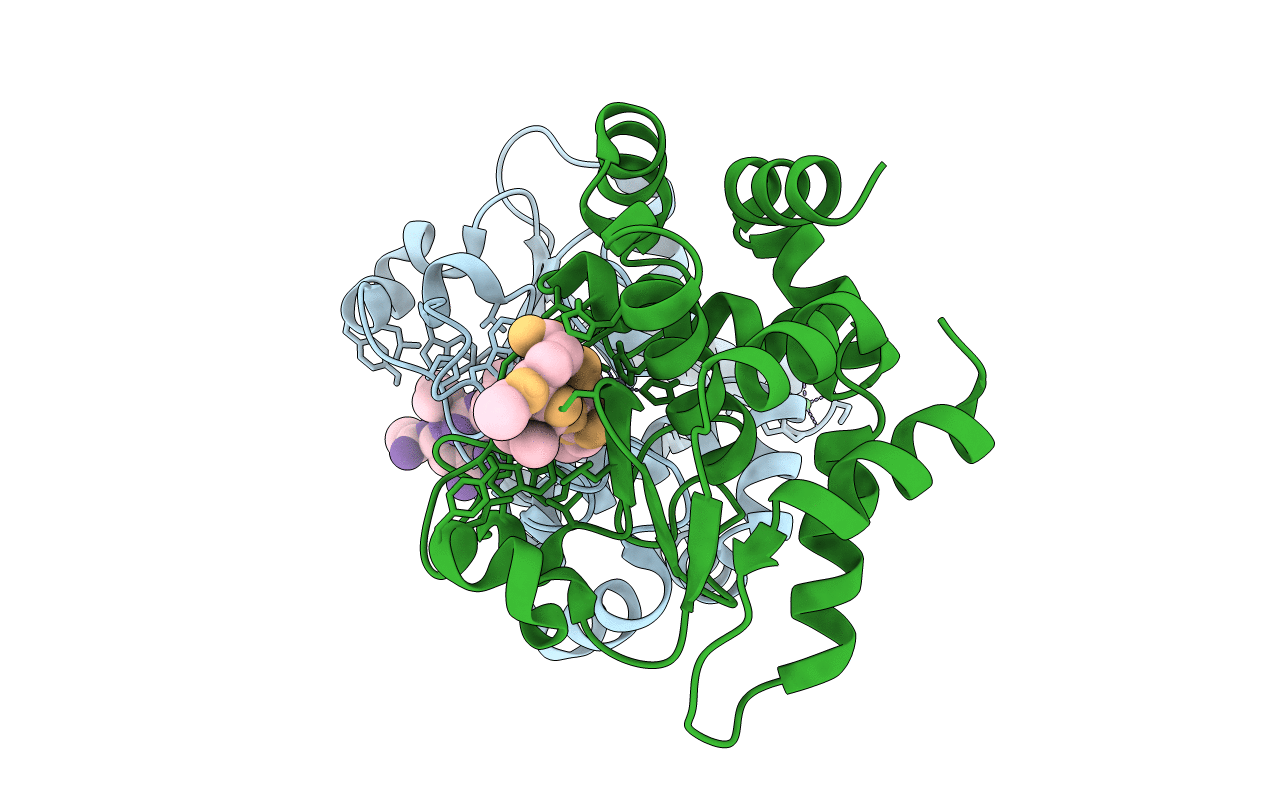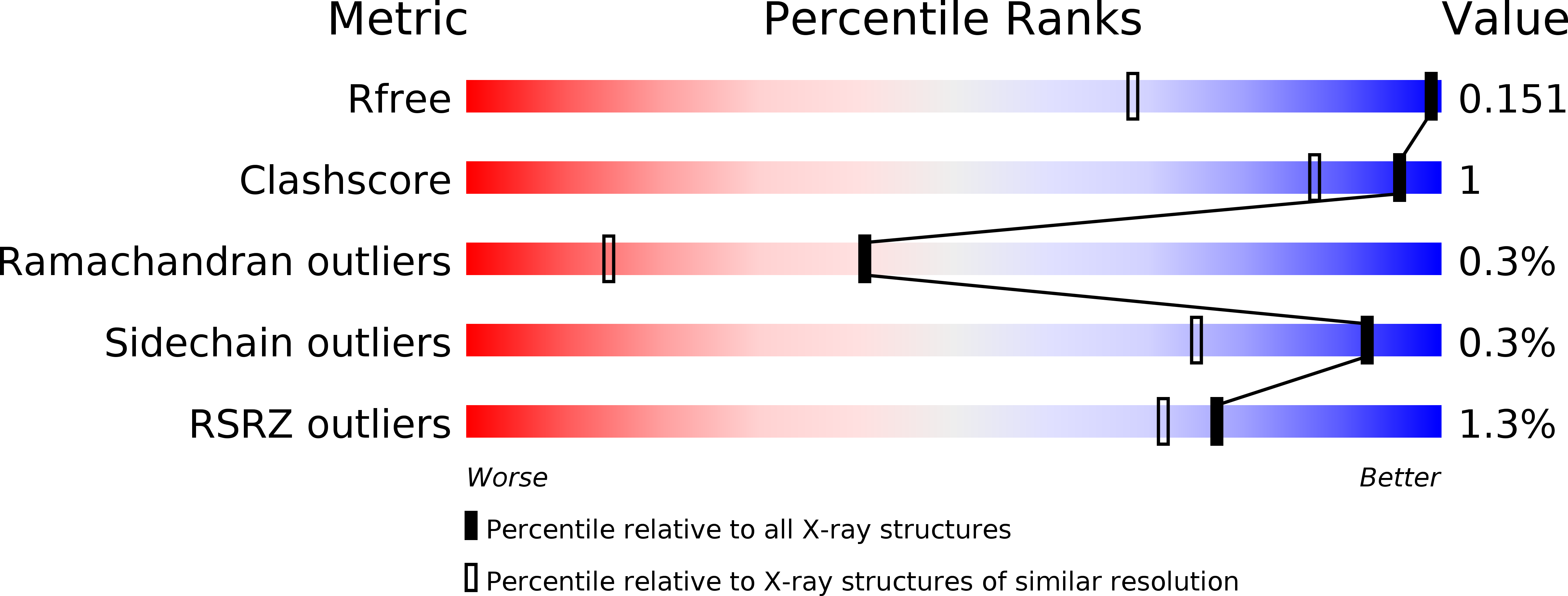
Deposition Date
2019-03-24
Release Date
2019-06-12
Last Version Date
2024-11-20
Entry Detail
PDB ID:
6R4Z
Keywords:
Title:
Crystal structure of holo PPEP-1(E143A/Y178F) in complex with product peptide Ac-EVNP-CO2 (substrate peptide: Ac-EVNPPVP-CONH2)
Biological Source:
Source Organism:
Peptoclostridium difficile (Taxon ID: 1496)
Host Organism:
Method Details:
Experimental Method:
Resolution:
1.05 Å
R-Value Free:
0.15
R-Value Work:
0.13
R-Value Observed:
0.13
Space Group:
P 1 21 1


